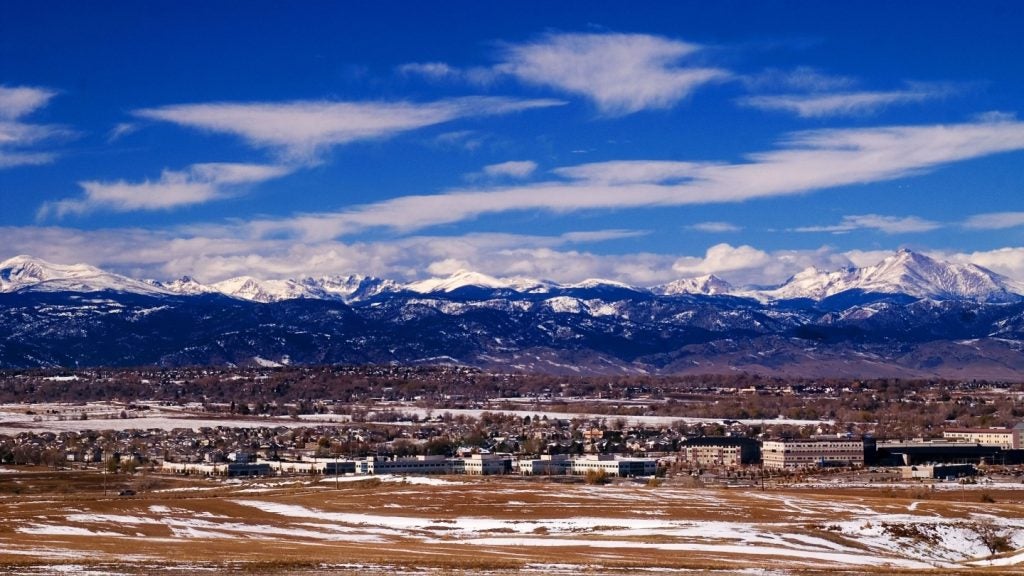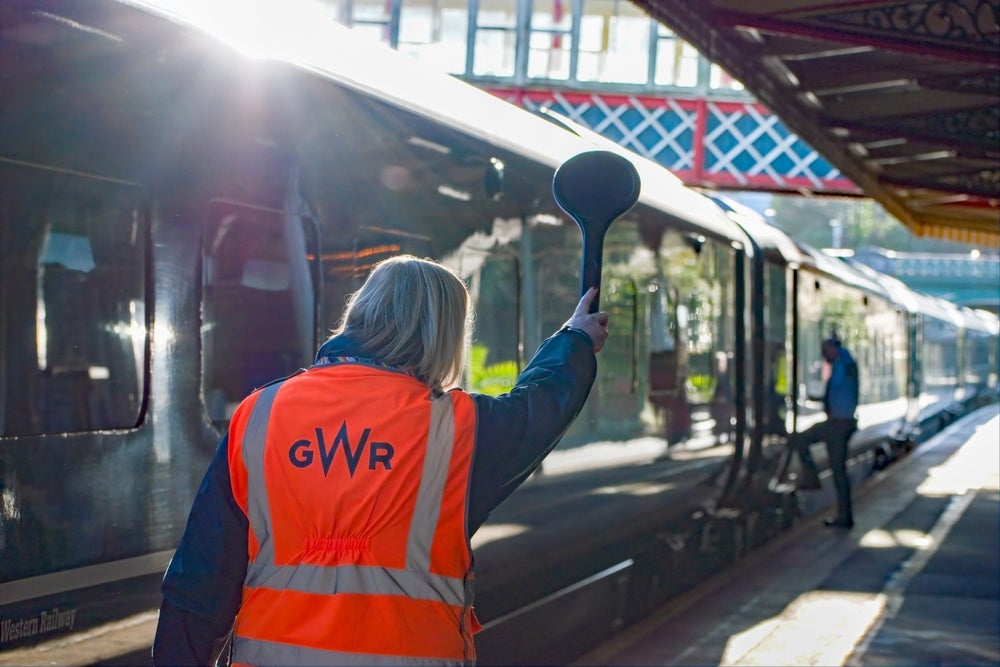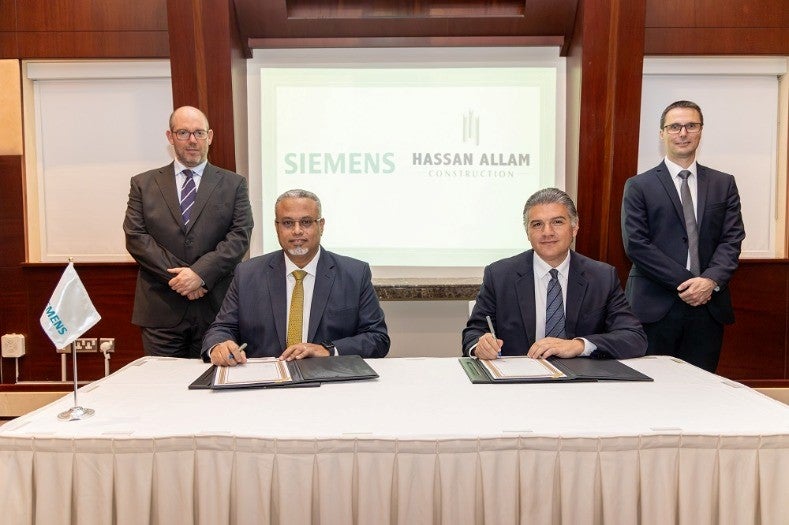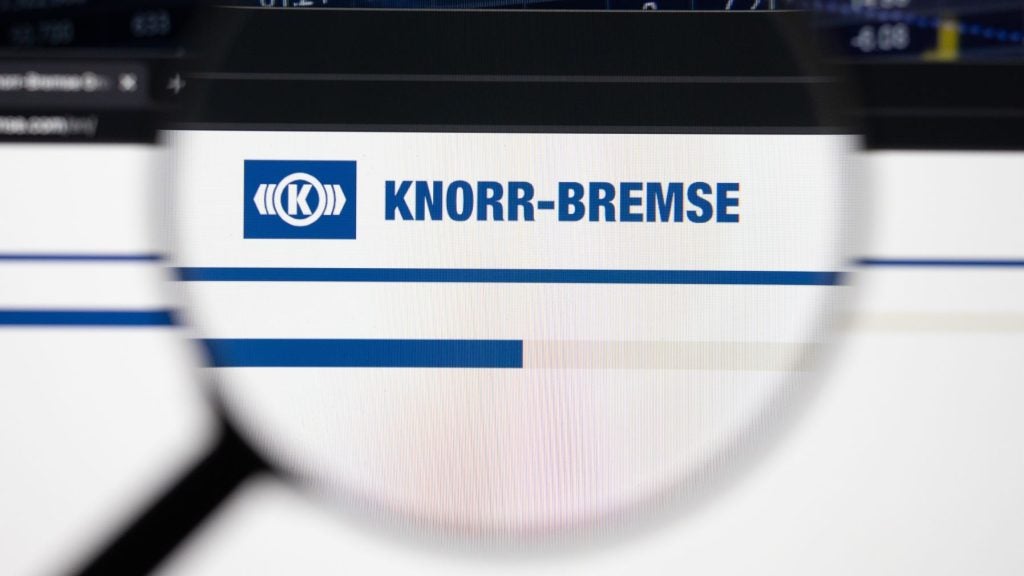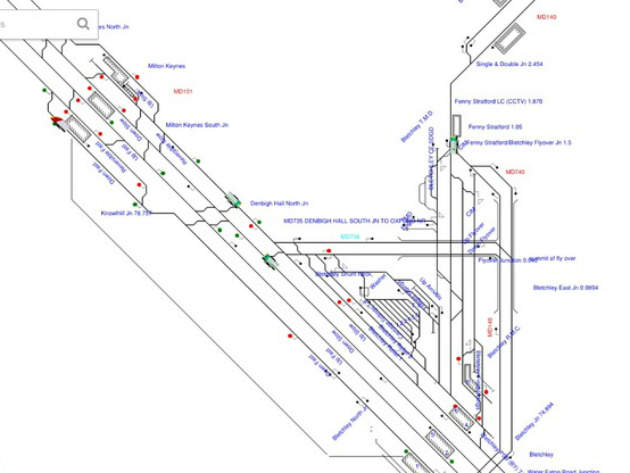
Train delays are a perennial passenger frustration. Last year, train services in the UK ran later than any other time in the past decade, Office of Rail and Road (ORR) statistics showed.
Whether it’s the train operator’s fault, a technical mishap, passengers taken ill, bad weather, overcrowding, or myriad other causes, possibly the worst part of hearing the delay announcement is the general lack of information of what’s happening with your train, making that wait on the platform feel even longer.
That sinking sensation, and the passengers’ need to feel more in control over their daily journeys, may be behind rising popularity of Raildar, a web-based train monitoring platform that started out from a simple data challenge, and grew into a service routinely used by thousands of UK passengers.
Unlike journey-planning apps, Raildar offers the satisfaction of seeing your train inching its way on a Google-style map, colour-coded to represent each of the different TOCs. While it won’t help you speed up your commute, it makes for fascinating viewing.
Raildar founder Rob West explains how the website has grown from a simple personal challenge to the official “train running information engine”, as National Rail referred to it, and what’s next on the cards for its users.
Eva Grey: What is Raildar and what does it do?
Rob West: Raildar monitors the movement of most of the trains in the UK. It tracks the trains as they move from signal to signal recording the time. It then draws statistics and useful information for both passengers and the rail industry alike.
How well do you really know your competitors?
Access the most comprehensive Company Profiles on the market, powered by GlobalData. Save hours of research. Gain competitive edge.

Thank you!
Your download email will arrive shortly
Not ready to buy yet? Download a free sample
We are confident about the unique quality of our Company Profiles. However, we want you to make the most beneficial decision for your business, so we offer a free sample that you can download by submitting the below form
By GlobalDataThe site also visualises the position of each train both on a Google type map, and on an infrastructure map, so that you can see train travel across the junctions.
EG: When was the website launched?
RW: The website has been running since 2012. It has been collecting and analysing data since then and currently has over two years’ worth of train running history, freely available for rail passengers.
EG: Who can use the map, and what advantages does it bring to the user?
RW: The map is free to use, and is used by many passengers every day. It’s OK to tell someone their train is delayed, but they would much rather see where their train is themselves. It provides some visibility of why their train may be delayed.
EG: What was the inspiration, or need, behind creating Raildar?
RW: Raildar started when Network Rail started their Open Data Feed in 2012.
At first it was simply a challenge to see where I could go with the data. However, it has grown way past that; now, it is used by thousands of rail users each day, and provides useful information back to the train operating companies improving day to day performance.
EG: What kind of data does the system use to map train journeys, and how is that turned into the interactive map?
RW: Raildar is based on the Open Data Feeds from Network Rail and National Rail. However by analysing the train movements over many years, we have built a mathematical model to predict the trains’ physical and topographical location. The more trains it analyses, the more accurate it gets.
EG: What sets Raildar apart from other similar apps or websites that passengers may use to get updates on their journey?
RW: I think the reason why Raildar is so successful is that it provides something extra.
There are many websites that simply duplicate the information provided by National Rail Enquiries (Darwin). While that information is available on Raildar, it further extends the picture.
It gives passengers greater understanding of why they are having to wait for their train. We live in an information age and people want, if not expect, to be informed of issues that affect them. It makes them feel in control.
EG: What are your plans to develop the website further and what direction will it take?
RW: The most requested feature is an app. The website does work on mobile devices, but there is a limit to the functionality you can provide with a website. So the app is in development, and hopefully will be ready for release later in the year.
Apart from that we continue to work with train companies to provide the data they need. Small improvements to one train can improve the journey for many, by improving consequential delay. This is both good for the operating company and train user alike. It is good to see improvement for many.


